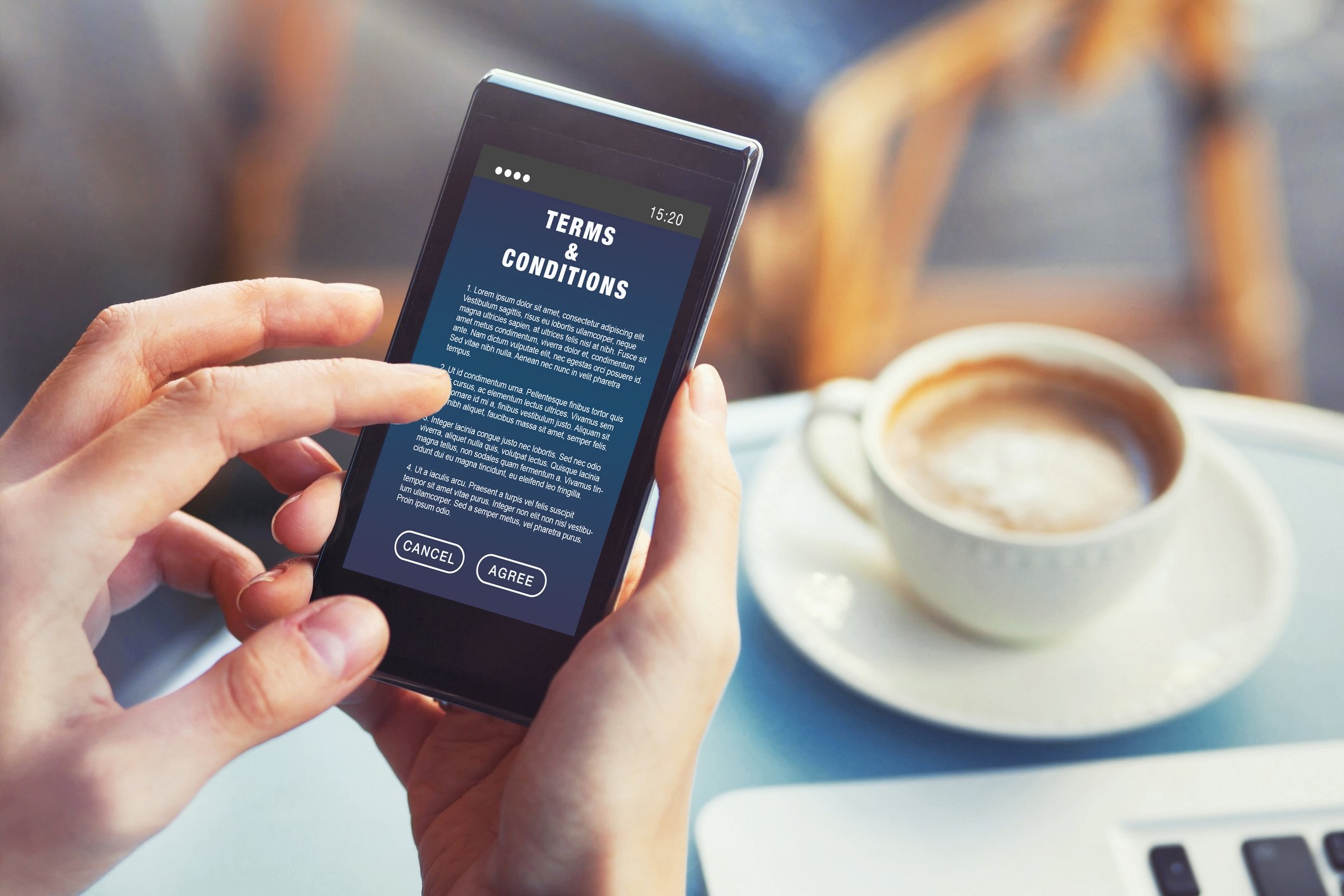Top 5 B2B Loyalty Marketing Trends for 2022
Top 5 B2B Loyalty Marketing Trends for 2022
By Ko de Ruyter, Debbie Keeling and David Cox, the Loyalty Doctors
We are certainly not out of the Covid-woods yet, but vaccination has offered a glimmer of hope (in most parts of the world) and marked the beginning of what is now referred to as the para-Covid period, an era in which we will have to learn to live with the virus, its aftermath and an uncertain return to a different normal. As loyalty marketers, we will need to prepare for a business world in which customer loyalty is re-imagined, the rules of engagement are being rewritten and core values are being revisited. This makes reflections on loyalty marketing trends for the coming year both extra challenging and extra special. In the uncharted territory in which we find ourselves today, it makes sense to reflect on the road ahead in 2022 and help redefine the business of loyalty. So, here they are, our guide to the direction of travel for the future of the loyalty marketing space in 2022, spiced up with actionable advice as indispensable baggage for the journey ahead.
1. Embrace a sense of purpose.
Let’s face it, we live in times during which program members are starting to ask life’s bigger questions. This means that they will be re-evaluating life and loyalty choices. In fact, there is mounting research evidence that the majority will consider ‘purpose’ as a guide to making consumption decisions. Whether purpose refers to transparency and equity in distribution channels, or the challenges of environmental sustainability and net-zero emissions, social responsibility, (mental) health and social care, wealth disparities and poverty, members will be reflecting on whether your program can help them achieve not only their goals but also how this will impact their competitive advantage and relationship with their customers. We all know that it is both easy and tempting to just pay lip service to a sense of purpose. Too often it materializes as an extra paragraph in annual reports or managerial graffiti on websites. Words that have recently been added to the corporate vocabulary, like ‘green washing’, reflect this. So moving forward into the new year, we advise you to embrace a sense of purpose by engaging with your members and co-creating a set of essential values for your program. Go the extra mile beyond sales performance, by incentivizing and implementing reward structures that align with your program’s reimagined ethos base, introduce purposeful metrics (e.g., selling green solutions or offsetting your carbon footprint). Educate your members on how to instil a sense of purpose in relation to the experience of their customers (e.g., help them design and launch end-of-life-cycle programs) and introduce accountability at various stages in their customer journeys. In 2022, your program’s success will be all about embracing a sense of purpose. And guess what, it will make business sense.
2. Plan for a hybrid delivery model.
Loyalty programs and most likely your core offerings have pivoted really quickly from tangible to digital. In 2022, for your program, the next frontier will be to offer the best member experience in terms of the optimal combination of physical and digital delivery. It all starts with the realization that your program needs to develop from an omni-channel program design, in which multiple channels proliferate, to an integrated and member-centric hybrid experience. Planning for such a model will involve making trade-offs based on member profiles. You will need to understand how, when, why and where your members prefer to interact with you. It is great to have AI-fuelled conversational agents to help you answer FAQs, but their roll-out will not result in a one-size-fits-all member experience. Find out whether members prefer always-on, easy-access chatbots or an app for point balance information and member status queries or whether they wish to speak to a live person in case of point redemption issues. Similarly, will you be planning for online member events alongside offline ones? In terms of member enablement, will you go with web-based sales training versus classroom instruction? Or a mix of the two? There is no mixed message here, the trend is clear; hybrid delivery based on member preferences is the way to go in 2022. In planning for hybrid delivery models, it is vital to map personalized member preferences throughout the customer journey. This is how Amazon and other online giants discovered the importance of ‘the last mile’ as a competitive differentiator by allowing customers to plan digitally for a physical delivery. Mark our words, it will be likely that this will be the gold standards for reward fulfilment practices in loyalty marketing.
3. Deliver on an EDI-focused member experience
EDI has entered the world of business and loyalty programs are certainly no exception. Today, no program can be designed without the principles of equality, diversity and inclusiveness in mind. The large majority of members have a wider interest in the way programs are designed, one that goes beyond the maximization of point earning and sales quota. They expect programs to deliver on the principles of an EDI-focused member experience, one that is in sync with the changing make-up of a program’s member population, in terms of diversity in gender, ethnicity, physical and mental abilities and sexual orientation. Research is showing that brands with a strong EDI performance are more competitive and more popular with customers. So, when considering the use of voice technology, make EDI part of the business case, as it will enable you to offer a member experience that caters to the needs of those members with visual impairments, for example. Similarly, the convenience of 24-hour support and a planned last mile of the customer journey will better align with those members who have to balance caring responsibilities with work. Members will expect you to do more than just adapting your program. They will anticipate that you will play an authentically leading role in addressing current EDI challenges in their industry, and in relationships with their customers. Contribute to the debate on social inequality in manufacturing and be a thought leader in how to address this, spotlight the diversity of your member population through featured personal interest comms, design reward schemes around net zero and renewable energy sources, audit your comms systematically from an EDI perspective through text and visual analytics, make sure that your reward portfolio is ethically licensed and discuss privacy issues and violations in your program in an open and transparent manner.
4. Pivot towards Marketplace Loyalty Programs
Recently, online marketplaces have proliferated in B2C markets. For instance, Amazon’s Marketplace now accounts for a significant portion of growth in their online sales. It is easy to see why. The marketplace model adds to offering variety, without the cost of inventory, and it offers detailed insights into customer buying habits and trends. Most importantly, however, it creates a network economy as a growth in participating sellers drives an increase in buyers who can find what they need, which in turn attracts more sellers. And a virtuous cycle is born. We predict that in 2022 we will see a carryover effect to the enterprise marketplace. This new business model will create ecosystems which will allow opportunities for co-branding, alliances, portfolio extensions, one-stop shopping and generating sources of revenue. There is a great opportunity for your program to play a pivotal role on these new platforms and design coalition incentive structures that promote co-branding and alliances, incentivize solution selling, test and educate on new and hybrid products and services and instigate dialogue between multiple stakeholders. 2022 will see the rise of so-called marketplace loyalty programs, which are complex rewards ecosystems that cater both to buyers and sellers. Emerging marketplace programs will look to early adopter pioneers, such as Uber, which has developed a program that caters to both passengers (Uber rewards) and drivers (Uber Pro). B2B Innovator programs, such as Lenovo’s LEAP, have explored a two-sided approach through co-branding initiatives and can lead on the road ahead.
5. Prioritise quality content through customized research
Online resources, market updates, product and sales education, blogs, and other types of content have become signature features for B2B programs. We predict that in 2022, the use of authentic and customized research will take center stage in the value proposition of loyalty programs. Members increasingly look to programs for content that helps them navigate their business challenges and opportunities, at a market and business level but certainly also from a personal career development point of view (e.g., through certification schemes). Providing members with customized insights, based on research that is rooted in the specific context of their business will continue to increase the attractiveness of programs, both to current and prospective members. Your loyalty program offers unique research opportunities to tap into member preferences, attitudes, experiences and behaviour. Offer a dedicated insights-center, with members-only access with information on sectoral and industry developments that are key to business decisions. Engage in charting your members’ clients’ preferences to assist not only in new product and service development but also in the design of motivational strategies that will accelerate adoption strategies. Uncovering results is one thing. Remember that an effective content strategy is another. Effective use and combination of pieces of information will allow you to maximize reach among member segments. Partition research results into digestible bits that make sense and track micro-conversions and conversations among members. Apply online polling instruments in the design of research and combine numbers with member narratives and personal profiles. Use member preference models to co-design program innovations and reward structures to maximize reward redemption. Apply the latest methods and techniques to elicit insights from unstructured data, such as text and visuals in social channels. We predict that 2022 will definitely be the year in which programs that listen and learn will lead.
For the year ahead, stay well, stay safe and stay fab.
And as always, continue to feel inspired by the Force of Motivation.






